Simple Ways To Get Ready For The First Frost Of The Winter
Winter is upon us, with a freeze just around the corner for southern Texas.
Being prepared for this seasonal change is crucial to protect your plants and ensure a thriving garden when spring returns.
The first frost serves as a clear indicator that a new season has arrived for your garden. By the time the initial frost sets in, you should have already harvested all your fall crops and planned your winter garden. Perhaps you even have some plants growing indoors, anticipating the colder temperatures that lie ahead.

1. Understanding Frost and Frost Dates
Before diving into preparations, it's essential to understand the concepts of frost and frost dates. Frost occurs when the temperature drops low enough for ice crystals to form on surfaces, including plants. The last frost date in your area marks the point after which it's generally safe to assume that the risk of frost has passed. Knowing your local last frost date is crucial for planning your gardening activities.
2. Stay Informed with Weather Forecasts
Keeping a close eye on weather forecasts is key to anticipating the first frost. Be attentive to nighttime temperatures, as frost typically occurs in the early morning hours when temperatures are at their lowest. Utilize reliable sources to stay informed about unexpected cold snaps and prepare accordingly.
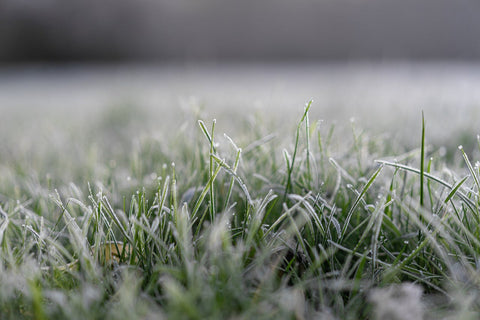
3. Keeping Them Warm
Provide Extra Protection with Row Covers
Row covers serve as an excellent tool for shielding plants from frost. These lightweight fabrics permit sunlight, air, and water to reach your plants while forming a protective barrier against freezing temperatures, providing an additional layer of insulation for your garden.
Utilize Old Sheets and Blankets
For a quick and cost-effective frost protection method, repurpose old sheets or blankets. Drape them over your garden bed at night and remove them in the morning. Ensure that the coverings reach the ground to trap heat effectively.
Invest in Cold Frames
Cold frames, resembling miniature greenhouse structures, capture and retain warmth, shielding plants from frost—ideal for cold-sensitive crops.
Mulch Garden Beds with a Thick Layer
A thick layer of mulch acts as an insulator, protecting plant roots from freezing temperatures. Applying mulch around the base of your plants before the first frost effectively works to retain soil moisture and prevent temperature extremes.
Shield Tender Plants with Plastic
For an added layer of protection, use plastic covers over individual plants or rows. This way, your garden beds will be shielded from cold air and frost damage due to the barrier between the plants and external temperatures.
Prepare for the Unexpected Frost
Despite your best efforts, unexpected frosts can still occur. Be ready to take last-minute action by having materials like old blankets, cardboard boxes, or plastic sheets on hand. These impromptu covers can provide a quick and effective shield against sudden drops in temperature.
Wrap Fruit Trees and Bushes
Fruit trees and bushes are vulnerable to cold temperatures, especially during the first frost of the season. Wrap the trunks with burlap or use specially designed plastic tree guards to shield them from freezing temperatures. This simple step helps prevent bark damage and promotes healthy growth in the spring.
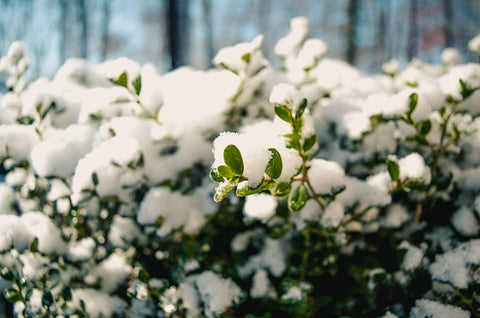
4. Other Solutions
Water Plants Before Frost Hits
Well-hydrated plants are more resilient to frost damage. Water your garden thoroughly before the first frost, as moist soil retains heat better than dry soil. This simple step helps safeguard plant cells from the damaging effects of freezing temperatures.
Take Care of Tropical and Tender Plants
Tropical and tender plants are particularly susceptible to cold damage. Consider moving potted tropical plants indoors or into a garden shed to protect them from harsh winter conditions. If this isn't feasible, use additional covers and insulation to create a warmer microclimate around these sensitive plants, we have mentioned many options for creating heat for your tropical plants.
Plan for Frost-Resistant Crops
Consider incorporating frost-resistant crops into your garden, such as Brussels sprouts and hardy vegetables. These plants are naturally more resilient to colder temperatures, minimizing the risk of frost damage and reducing your efforts if you can't bear to work outside in cold temperatures.
Preserve Perennials with Compost
Before the ground freezes, protect the root systems of your perennials by applying a thick layer of compost around the base of the plants. This not only insulates the roots but also provides essential nutrients for the coming growing season.
Milk Jug Insulators
Here is an idea! Repurpose old milk jugs by using them as insulators for delicate seedlings. Cut the bottoms off the jugs and place them over young plants, creating mini-greenhouses that shield against cold nights and frost.
Keep an Eye on Soil Temperature
Use a soil thermometer to monitor temperature changes and adjust your protective measures accordingly. Some plants are more sensitive to cold soil, so being aware of this factor enhances your ability to provide optimal care. Keep markers so you know which plants need more attention than others.
Prepare Your Garden for the Colder Months
Clear out diseased plants, add slow-release fertilizers to improve soil health, and cover crops to enhance soil structure. A well-maintained garden is more resilient to the challenges posed by winter weather!
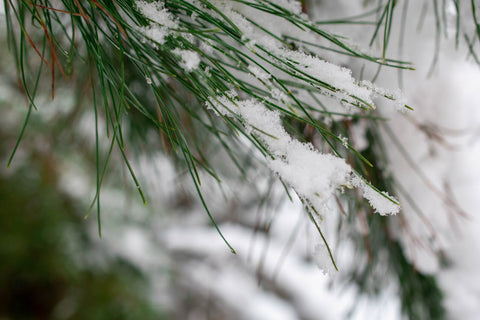
Final Thoughts
Getting ready for the first frost of winter involves a combination of planning, vigilance, and practical measures to protect your garden. By understanding frost dates, staying informed about weather forecasts, and implementing simple techniques like row covers and mulching, you can ensure the well-being of your plants throughout the colder months.
Remember that each garden is unique, so tailor these suggestions to the specific needs of your plants and local climate. With a little preparation, you can enjoy a thriving garden that withstands the challenges of winter and comes back to life in spring!








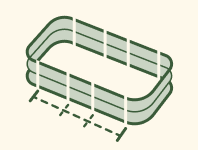






















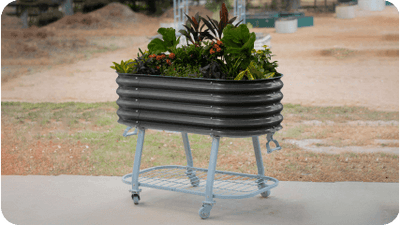









































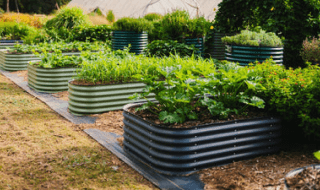

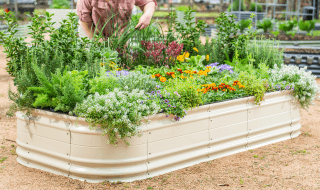
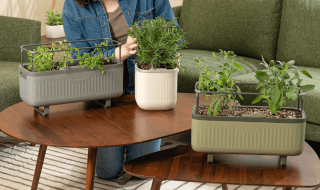
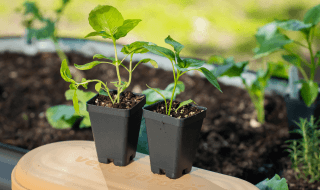
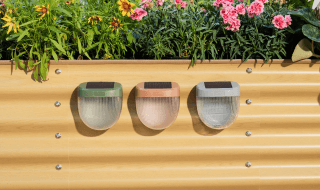
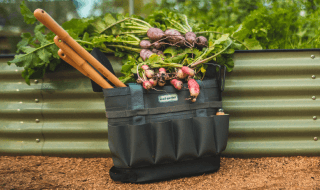








Leave a comment